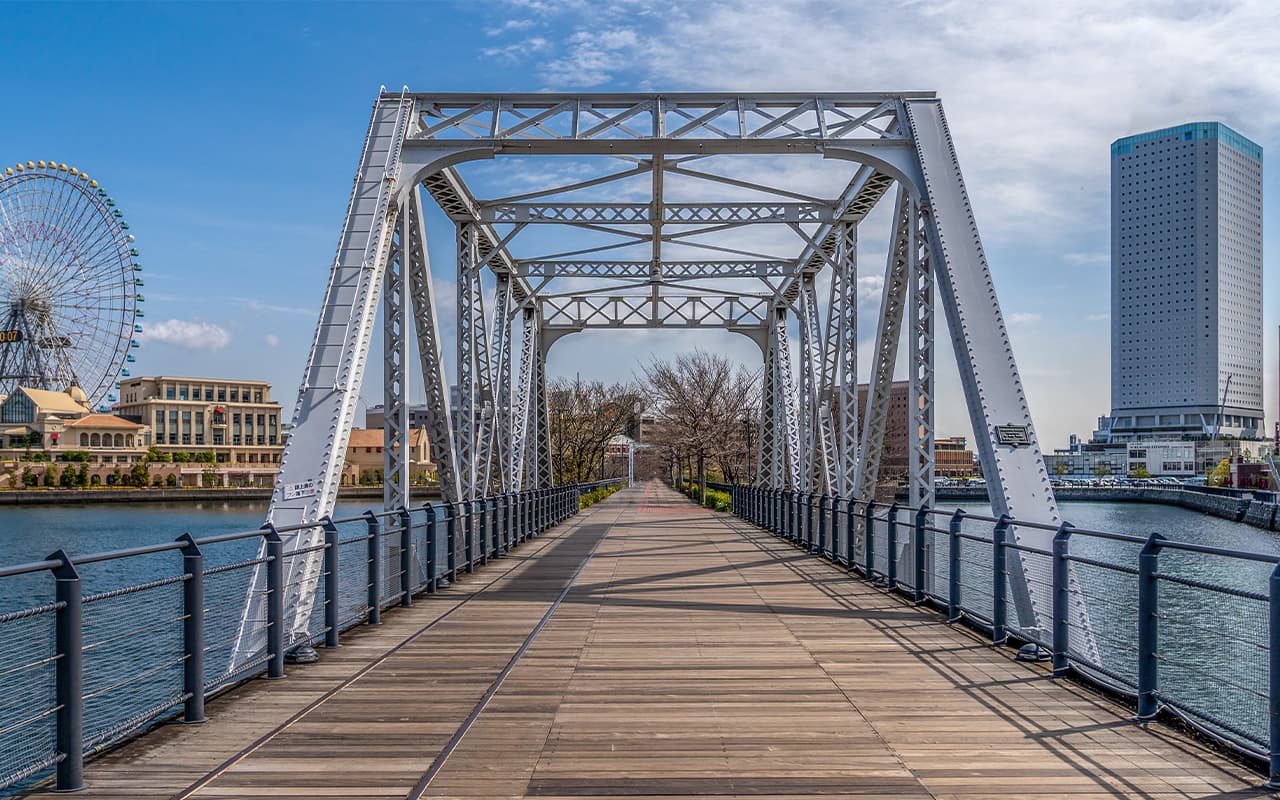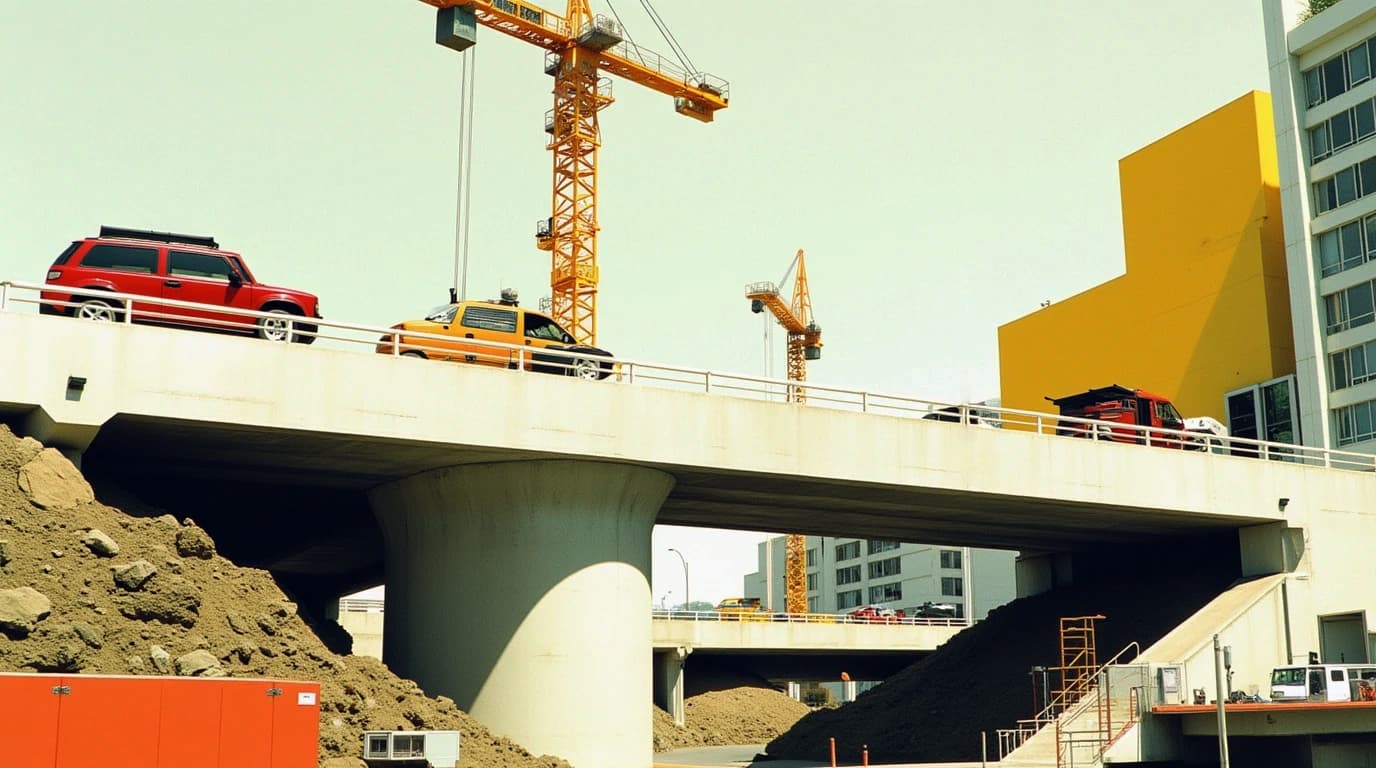Most bridge construction projects use a similar schedule from the planning stage to final testing and inspection. While larger projects may require special processes, most projects follow these five steps:
Step 1: Site inspection and planning
Before construction begins, designers must test the soil near the bridge for strength, depth, layout, and other elements to ensure the final structure is safe and durable. Using the results of these tests and with the help of computer-aided design, engineers can visualize the behavior of the bridge under different weights and weather conditions to determine the type of bridge to build and how to construct it.
Step 2: Laying the foundation
Once the planning is complete, workers break ground at the construction site and begin installing the bridge foundation. To do this, builders choose a stable location or drive support piles into the ground and set up sturdy pillars (known as abutments) that will later support the rest of the bridge. These piers are usually made of concrete and can support a lot of weight.
Step 3: Installation of bridge piers and abutments
When the lower portions of the bridge piers are in place, the crews build upward until each pier reaches a predetermined height. Once the piers are in place, it’s time to add support structures, such as abutments, which are located at each end of the bridge and are designed to resist horizontal force. Other support elements may include beams, bridge abutments, and retaining walls. All of these components make up the substructure, providing adequate reinforcement to support the superstructure.
These supports can be made up entirely of concrete or use a combination of steel or other materials, depending on the type and size of the bridge.
Step 4: Completion of the superstructure
The superstructure includes all the components that directly support the load, including beams, arches, or suspension cables, depending on the type of bridge. Then it’s time to build the bridge deck and roadway using the appropriate materials, such as concrete, asphalt, and rebar. At this stage, crews will also install safety features such as guardrails, lighting, and signage.
To install the superstructure, engineers must use a variety of materials and assemble structures that maintain support under the influence of wind, gravity, and other natural forces present in the area.
Step 5: Final quality and safety checks
Once construction is complete, crews conduct safety checks using cranes and overhead booms to ensure that the structure meets all quality standards. These tests allow the engineers to rule out or correct any structural deficiencies and proceed with the installation of the final roofing and electrical systems.




